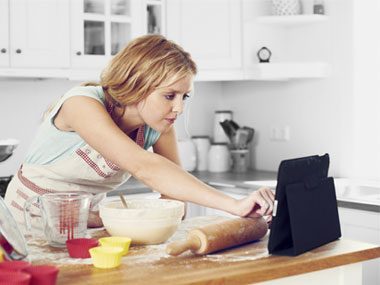
You ignore commas in the recipe
Sometimes a recipe is also a grammar test. Every cut, chop, or sifting instruction listed after an ingredient is to be done after the ingredient is measured. So, “1 cup walnuts, chopped” means whole walnuts are measured into 1-cup container and then chopped up on a cutting board. Joy the Baker reminds us that one cup of chopped walnuts is very different than one cup of walnuts, chopped. The former, “one cup of chopped walnuts,” is a much bigger portion (you can pack more chopped nuts into a one-cup container because there’s less air space between the chopped nuts than whole nuts).
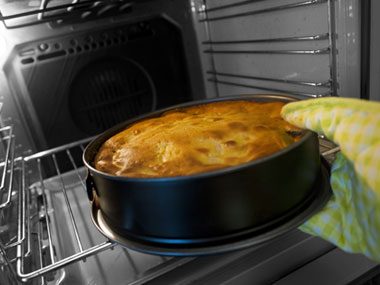
You like to check on your cake in the oven
Never open the oven door before the cake (or cookies, or pie) has started to set. In her new baking cookbook Sweetapolita, author Rosie Alyea says this typically happens at the 20-minute mark for cakes to ensure even and complete cooking. Opening the oven door releases enough hot air to change the oven temperature, which can make for an undercooked or unevenly baked cake.
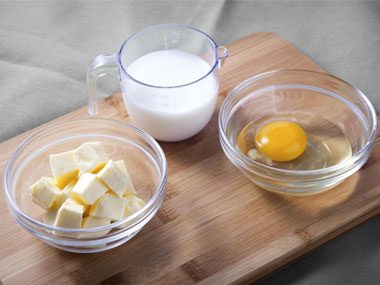
You use cold ingredients
Always use room-temperature ingredients (unless the recipe calls for otherwise), Alyea says in her book. Take sugar as an example. When mixed into room-temperature butter to make cookie dough, its jagged edges carve out tiny air pockets in the butter. These air pockets allow the baking powder or baking soda you later add to the mix to expand and create a light texture. If the butter is too cold, the sugar can’t create those pockets as easily, which can affect the fluffiness of the end result.
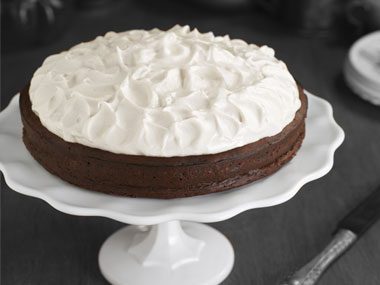
You skip the “crumb coat” of frosting
Frosting is probably the hardest part of cake making: Either your frosting looks all crumbly with bits of cake stuck in it or you over-frost and lose the taste of the cake. To prevent this, Cooking Light suggests starting with a “crumb coat,” or a thin base-layer of frosting that holds loose crumbs in place so your frosting isn’t mixed with crumbs of cake. After you spread this layer, place the cake in the freezer for about 15 minutes. Cooling helps set the crumb coat and prepares the next layers of frosting to spread smoothly for a pro decorating look.
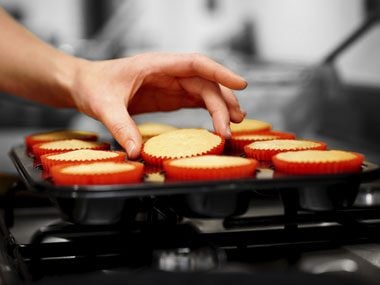
Your oven is too hot
If the tops of your cupcakes turn out domed instead of flat (being flat makes for easier icing), your oven is probably too hot. But you followed the recipe, right? Even if your oven’s digital display says it’s 375 degrees, those displays aren’t 100 percent accurate, especially if you have an older model. According to Cook’s Illustrated, ovens set to the same temperature can vary as much as 90 degrees. Use an oven thermometer to ensure accurate heating. And if your cupcakes still dome despite your best efforts, press a piece of parchment paper gently on top of the cupcakes fresh from the oven to flatten them out.
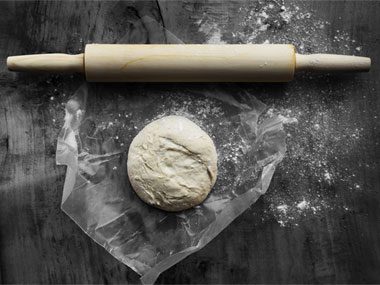
You cut room-temperature sugar cookie dough
Perfectly shaped cutout cookies need to be cut from chilled dough to keep the edges crisp during baking, Alyea writes in her book. Try the “triple-chill” method for the best-looking sugar cookies: chill the dough before rolling, chill the dough after rolling, and chill the cookie cutouts before baking.
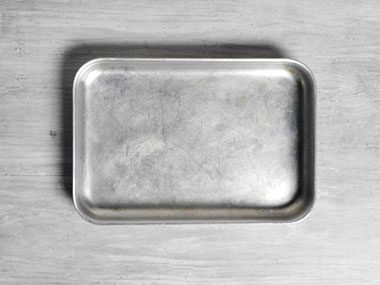
You use the wrong baking sheet
Dark, non-shiny sheets may absorb too much heat, causing cookies to burn on the bottom. Insulated baking sheets with a 1/2 inch lip require a longer baking time, causing undercooked cookies. On her website, Martha Stewart suggests that your ideal baking sheet be heavy, shiny aluminum with no side edges; these are designed to help you easily slide cookies onto a cooling rack. These are the health risks of cooking with aluminum foil.
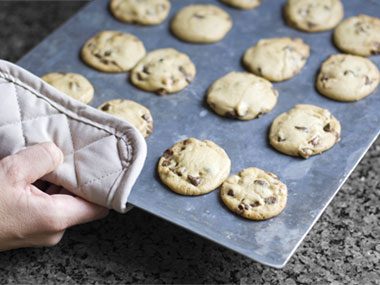
You don’t cool baking sheets between batches
Allowing your baking sheets to cool between cookie batches allows for even-temperature baking. If you place dough on a warmed cookie sheet, your next batch will be browner than the previous one. Here’s the best Christmas cookie from every state.
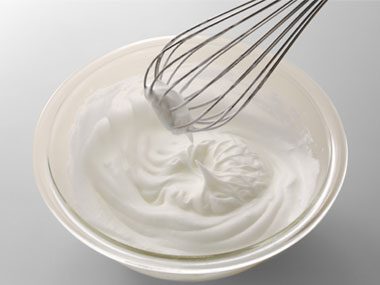
Your meringue is contaminated
When making meringue, make sure the bowl and whisk are free from the tiniest bits of grease or other residue. Alyea writes that even small amounts of such contaminants will ruin the mixture and reduce volume. These are the 50 kitchen mistakes it’s time to stop making.
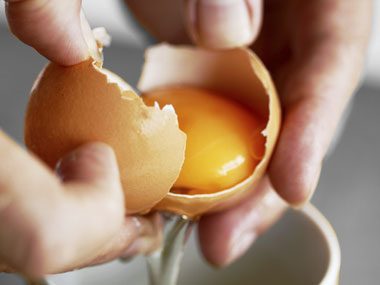
You separate egg whites from the yolk using the shells
Don’t waste time (and possibly your eggs) by tipping yolks back and forth between the shells to get the egg whites free. Grab the rubbery end of your turkey baster to suck up the yolks from the whites for a quick and no-mess solution. This trick is also great for separating multiple yolks at once.
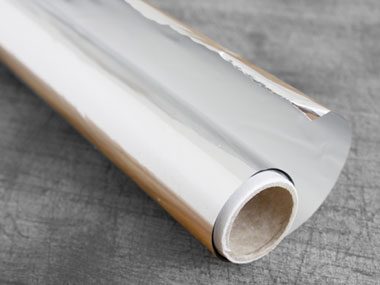
You store your cupcakes in an airtight container
Think an airtight container will stave off stale cupcakes? Storing cooled cupcakes in an airtight container actually causes the liners to peel, according to Alyea. The excess moisture in the container can also make cupcakes turn soggy and sticky. Cover the container with a piece of foil instead. These are the 11 cooking mistakes that can make your food toxic.